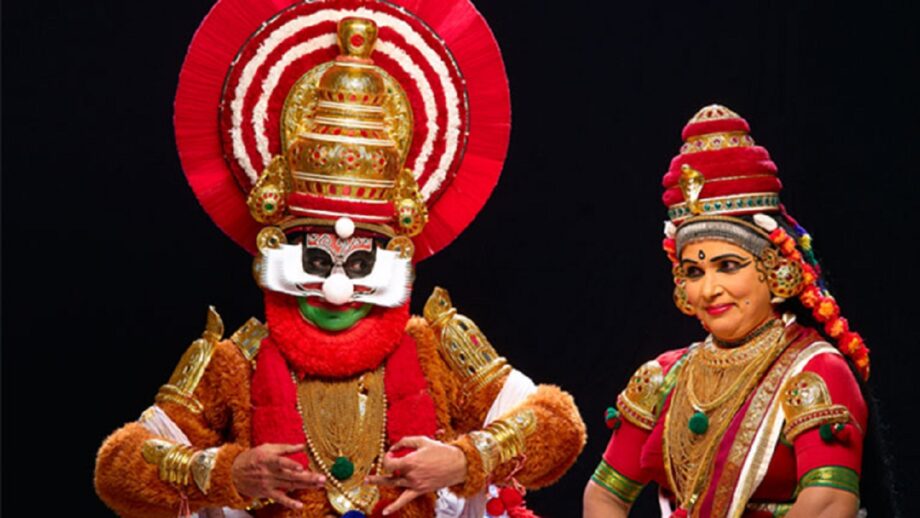Like every other art form that can be found in India and other countries of the subcontinent, theatre has been evolving over the centuries. Indian theatre has been largely influenced by the invaders and migrants. This 5,000 year old culture can be broadly classified into three different phrases – classical, traditional and modern. Though the classical plays were built on the Sanskrit tales and epics and were presented via gestures, the traditional plays saw an infusion of regional languages that were emerging during those times. It was during the traditional era of theatre, that the practice of oral tradition was introduced.
Let’s take a look at some very interesting things that you should know about India’s traditional folk theatre form!
• India has more than thirty four forms of folk theatre!
• Kutiyattam, also known as Kudiyattam, is the only surviving example of the ancient Sanskrit theatre. It is believed that this play originated around the beginning of the Common Era.
• Kutiyattam has been officially recognized as a masterpiece of oral and intangible heritage of humanity by UNESCO.
• Some of the important theatrical forms of India include Bhand Pather from Jammu & Kashmir, Swang from Rajasthan, Haryana, Malwa and UP, Jatra from Bengal, and Ramman from Uttarakhand.
• Indian traditional folk theatre can be classified into two types: dialogue oriented and gesture oriented.
• In Maach, the traditional theatre form of Madhya Pradesh, a blend of secular and religious themes is typical. On the other hand, Swang plays are based on themes like folk tales, Indian myths, current social issues, morality, and much more.
• In the early days, Hindu theorists created plays of two types, Lokadharmi or realistic plays and Natyadharmi or conventional plays. While Lokadharmi involved recreation of the human behavior on stage, Natyadharmi was far more artistic and included the use of symbolism and stylized gestures.


